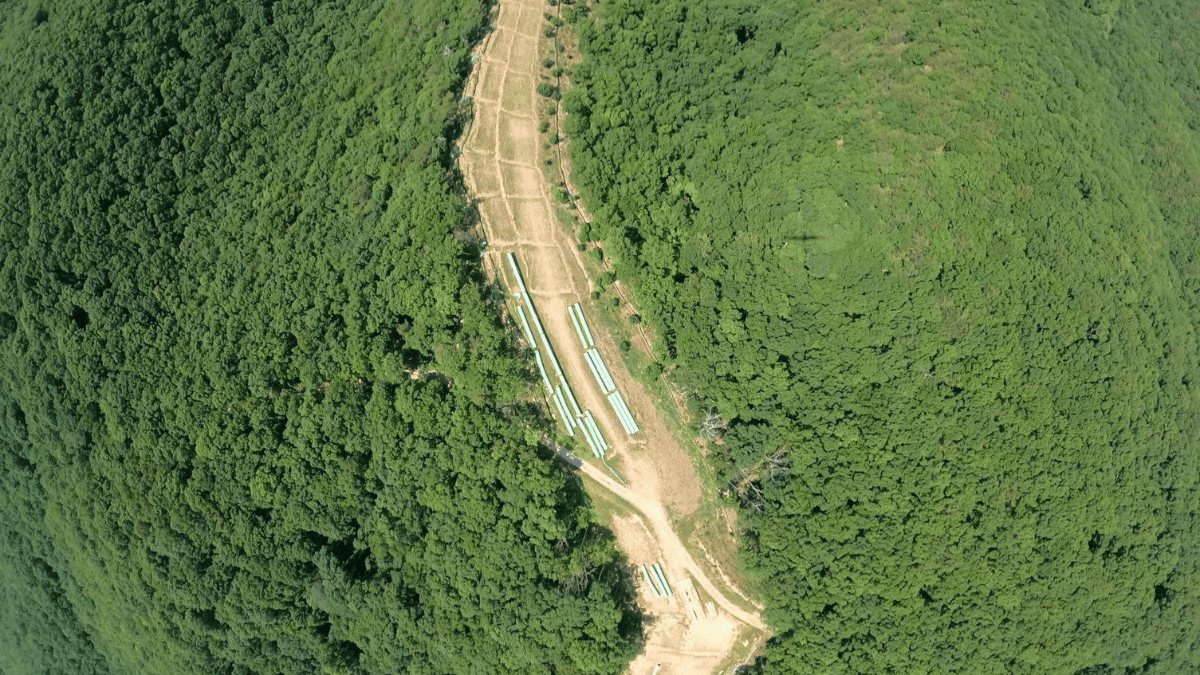The 300-mile pipeline would transport 2 billion cubic feet a day of natural gas from northern West Virginia to the mid-Atlantic.
A natural gas pipeline under construction in Appalachia got the thumbs up from a Biden administration official.
U.S. Energy Secretary Jennifer Granholm wrote to the Federal Energy Regulatory Commission last week in support of fast approval on any further action on the Mountain Valley Pipeline.
The 300-mile pipeline would transport 2 billion cubic feet a day of natural gas from northern West Virginia to the mid-Atlantic.
It’s currently held up in federal court. The Fourth U.S. Circuit Court of Appeals has struck down some key permits, though a recent decision from the U.S. Forest Service could enable the pipeline to cross the Jefferson National Forest.
Environmental groups oppose the pipeline because of its impact on rivers and streams, as well as the planet-warming emissions from producing and consuming the fossil fuel.
In her letter, Granholm said the pipeline could play an important role in the clean energy transition as well as support reliability in the electric grid.
“As extreme weather events continue to strain the U.S. energy system, adequate pipeline and transmission capacity is critical to maintaining energy reliability, availability, and security,” she wrote.
The pipeline is a top-ticket item for state leaders, including Gov. Jim Justice, U.S. Sens. Joe Manchin, D-W.Va., and Shelley Moore Capito, R-W.Va., and U.S. Rep. Carol Miller, R-W.Va.. In addition to environmental groups, the West Virginia Coal Association opposes the pipeline.
If the pipeline is completed, Duke Energy plans to switch from coal to natural gas at its power plants in North Carolina. Much of the coal they currently use comes from West Virginia.
